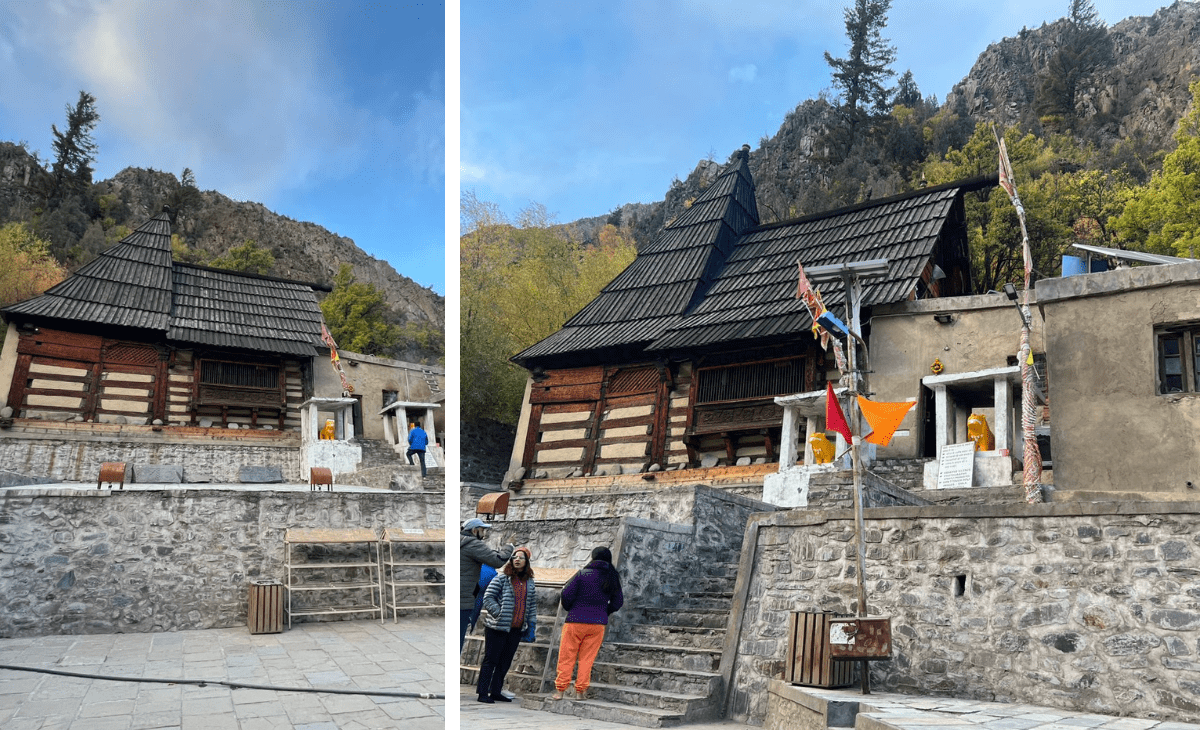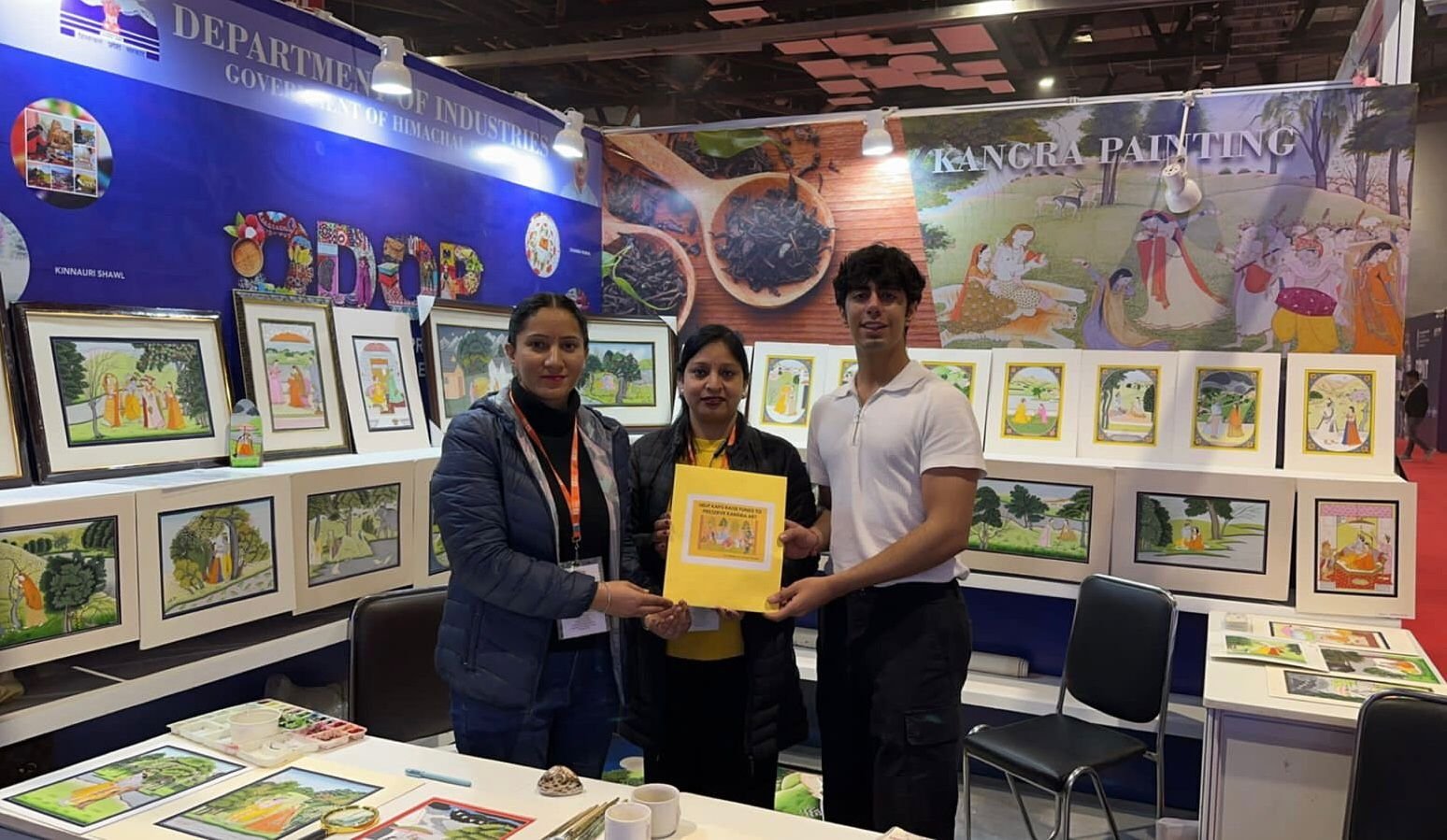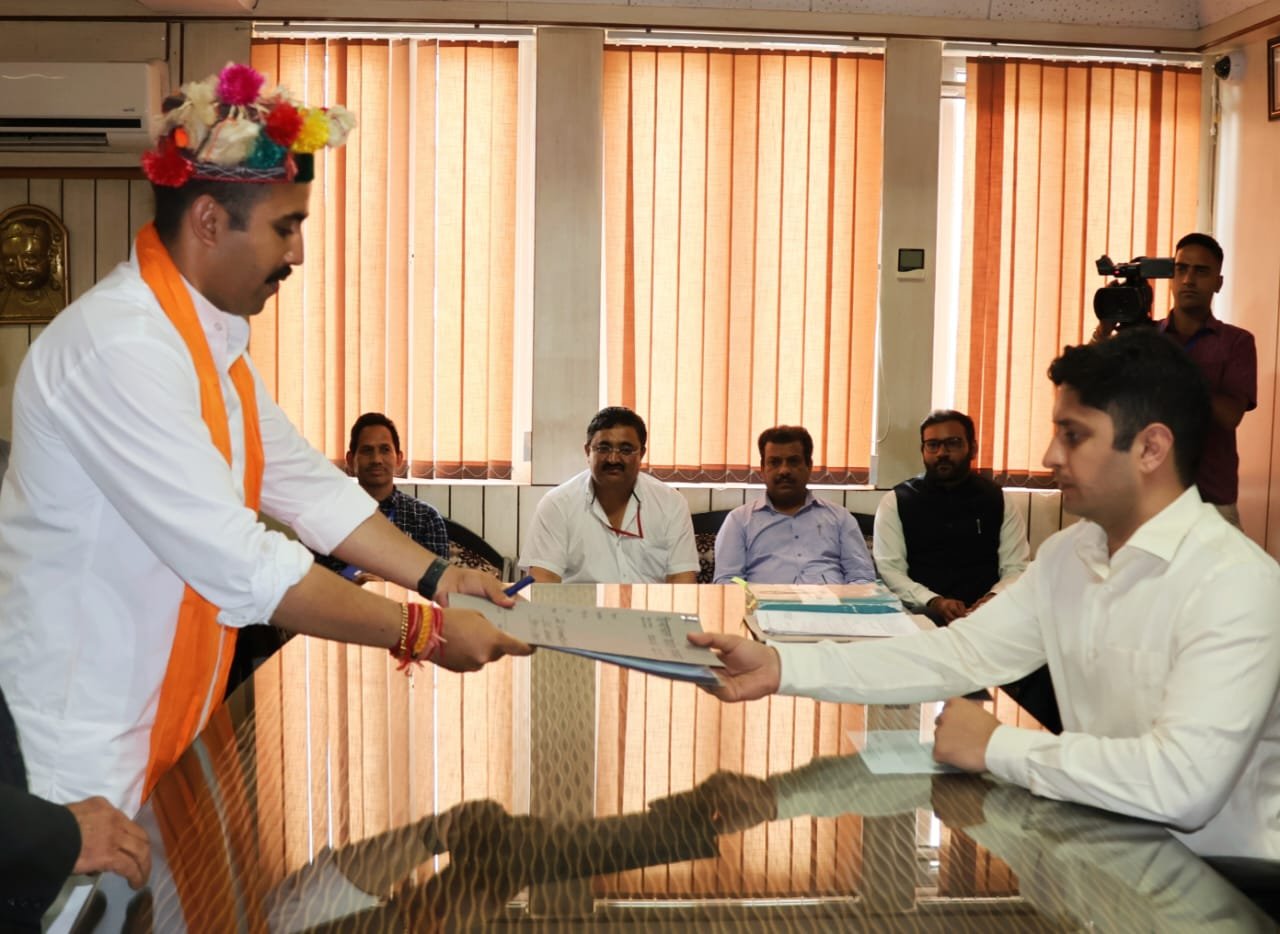Unique craftsmanship draws pilgrims, historians, travellers from around the world
Munish Sood
UDAIPUR (Lahaul & Spiti):
High in Himachal Pradesh’s trans-Himalayan region where snow-clad peaks meet centuries-old traditions stands a remarkable symbol of devotion and artistry — the Mrikula Devi Temple of Udaipur in Lahaul Valley.
Dedicated to Goddess Kali in her fierce Mahishasura Mardini form, this wooden shrine is not only a site of deep spiritual significance but also a living museum of Himalayan craftsmanship that draws pilgrims, historians and travellers from around the world.
Timeless blend of myth and architecture
The temple’s origins are steeped in legend. Local folklore traces its creation to the Mahabharata, one of India’s greatest epics. It is said that Bhima, one of the five Pandava brothers, brought a massive tree trunk to Udaipur during their exile and requested Lord Vishwakarma, the divine architect, to carve a temple from it. In a single night, the temple was completed — a tale that has been passed down through generations, symbolising divine craftsmanship and devotion in equal measure.
Rebuilt during the 11th century, the Mrikula Devi Temple showcases an extraordinary synthesis of Kashmiri and Kannauj architectural influences, rarely found in this part of the Himalayas. From the outside, it appears modest — with a conical wood-tiled roof and unadorned walls — but its interior reveals a world of intricate beauty.
Every beam, pillar and ceiling panel is meticulously carved from deodar wood, illustrating scenes from the Mahabharata and Ramayana.
Confluence of faith in the mountains
What makes the Mrikula Devi Temple truly unique is its spiritual inclusivity. While Hindus worship the presiding deity as Goddess Kali, Buddhists revere her as Vajrarahi or Dorjephamo. Historical accounts suggest that Padmasambhava, the revered 8th-century Tantric master who introduced Buddhism to Tibet, meditated in this region.
The temple’s location at the confluence of the Chenab and Miyadanala rivers adds to its sanctity. This spiritual coexistence — where Hindu and Buddhist traditions intertwine — reflects the cultural fluidity that defines the Himalayan belt, making it a symbol of unity in diversity.
Carvings that speak centuries of artistry
Inside the sanctum, visitors encounter an extraordinary fusion of artistic styles — Rajasthani grace, Kashmiri intricacy and Tibetan symbolism — embodied in the silver idol of Goddess Kali. Her form, though stylistically unconventional, commands reverence.
Art historians often compare the carvings here with those of the Hadimba Temple in Manali, suggesting that both may have been crafted by the same 16th-century artisan lineage. The carvings — made from locally sourced Dayar wood — have survived harsh Himalayan winters, earthquakes and centuries of ritual worship, making the shrine one of northern India’s finest examples of traditional wood architecture.
Adding to the temple’s mystique is a massive stone believed to weigh around 100 kg. Local legend claims that Bhima once used it to measure his legendary appetite. Today, a ritual persists — if devotees chant the goddess’s name with pure devotion, a group of five to seven persons can lift the stone effortlessly with a single finger.
For pilgrims and tourists alike, the ritual symbolises the triumph of faith over physical strength. Despite its sacred aura and global appeal, the Mrikula Devi Temple faces an uncertain future. Centuries of exposure to the elements, combined with recurring earthquakes in the Lahaul region, have caused visible structural decay. The once-sharp carvings are eroding and portions of the ancient woodwork are slowly giving way.
Although the Archaeological Department of Himachal Pradesh is tasked with preservation, locals say conservation efforts have been slow and reactive. The temple committee and local residents have repeatedly appealed for scientific restoration to safeguard the site’s heritage value and promote it as a key destination in Himachal’s emerging religious tourism circuit.
As India’s northern valleys open further to travelers through improved connectivity and eco-tourism initiatives, Udaipur in Lahaul is poised to become a significant spiritual and cultural destination.
For global visitors seeking a deeper connection with India’s ancient faiths and artistic heritage, the Mrikula Devi Temple offers a rare, immersive experience — where mythology, art and spirituality coexist under a wooden roof carved nearly a millennium ago.





